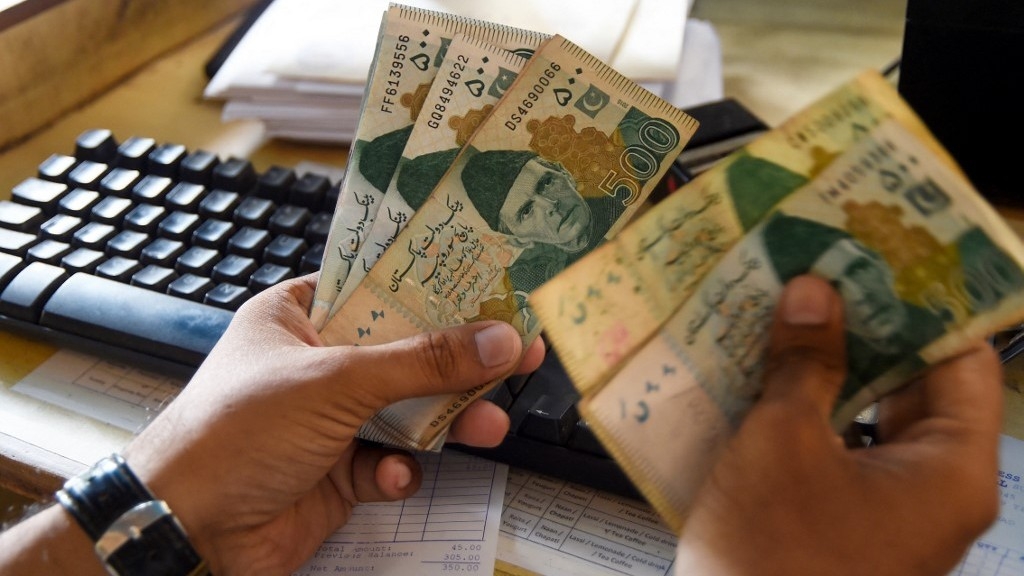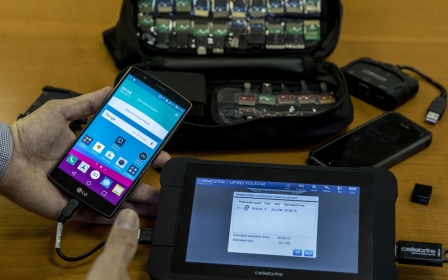Pakistan's rupee surges amid crackdown on illegal dollar trade

Pakistan's rupee is on track to be the best-performing currency worldwide this month, following the government's measures against unauthorised dollar transactions.
The rupee saw a nearly six percent increase in September. On Thursday, it climbed 0.1 percent to Rs287.95 against the dollar, rebounding from its all-time low of approximately Rs307 earlier this month, Bloomberg reported on Thursday.
The government of Pakistan had amplified its measures to curtail the illegal trading of dollars that has been supporting the currency.
The Federal Investigation Agency conducted raids on offices nationwide, and incognito security officials were stationed at currency exchange centres to oversee dollar transactions.
“When the dollar rate reverses everybody, the hoarders, the exporters who are holding their export proceeds, start selling their dollars,” Khurram Schehzad, chief executive officer of Alpha Beta Core Solutions, told Bloomberg.
New MEE newsletter: Jerusalem Dispatch
Sign up to get the latest insights and analysis on Israel-Palestine, alongside Turkey Unpacked and other MEE newsletters
The central bank has increased the capital requirements for smaller currency exchange firms and directed major banks to establish their own exchange services. This move aims to enhance transparency and facilitate closer monitoring of the retail foreign exchange market.
Pakistan has been suffering from an acute economic crisis and a severe depletion of its foreign reserves, leading it to secure a bailout from the International Monetary Fund to the tune of $3bn. The IMF loan approval came shortly after Saudi Arabia and the United Arab Emirates deposited a combined total of $3bn with the State Bank of Pakistan.
In the course of a year, Pakistan's GDP growth rate had gone down from 6.1 percent to somewhere around 0.3 percent, while large-scale manufacturing has seen a recession, with growth falling from 10.6 percent last year to -8.11 percent.
Middle East Eye reported last month that political unrest worsened an already dire economic situation that is pushing young people to look for work abroad. In over a year, nearly one million Pakistanis left for the UAE, Saudi Arabia and Qatar in search of better lives.
Earlier this week, Bloomberg reported that billions in humanitarian aid and increased trade with neighbouring Asian countries propelled Afghanistan's currency to become the best performer this quarter overall, with a nine percent ascent.
“The ruling Taliban, which seized power two years ago, has also unleashed a series of measures to keep the Afghani in a stronghold, including banning the use of dollars and Pakistani rupees in local transactions and tightening restrictions on bringing greenbacks outside the country,” Bloomberg wrote.
Middle East Eye delivers independent and unrivalled coverage and analysis of the Middle East, North Africa and beyond. To learn more about republishing this content and the associated fees, please fill out this form. More about MEE can be found here.




